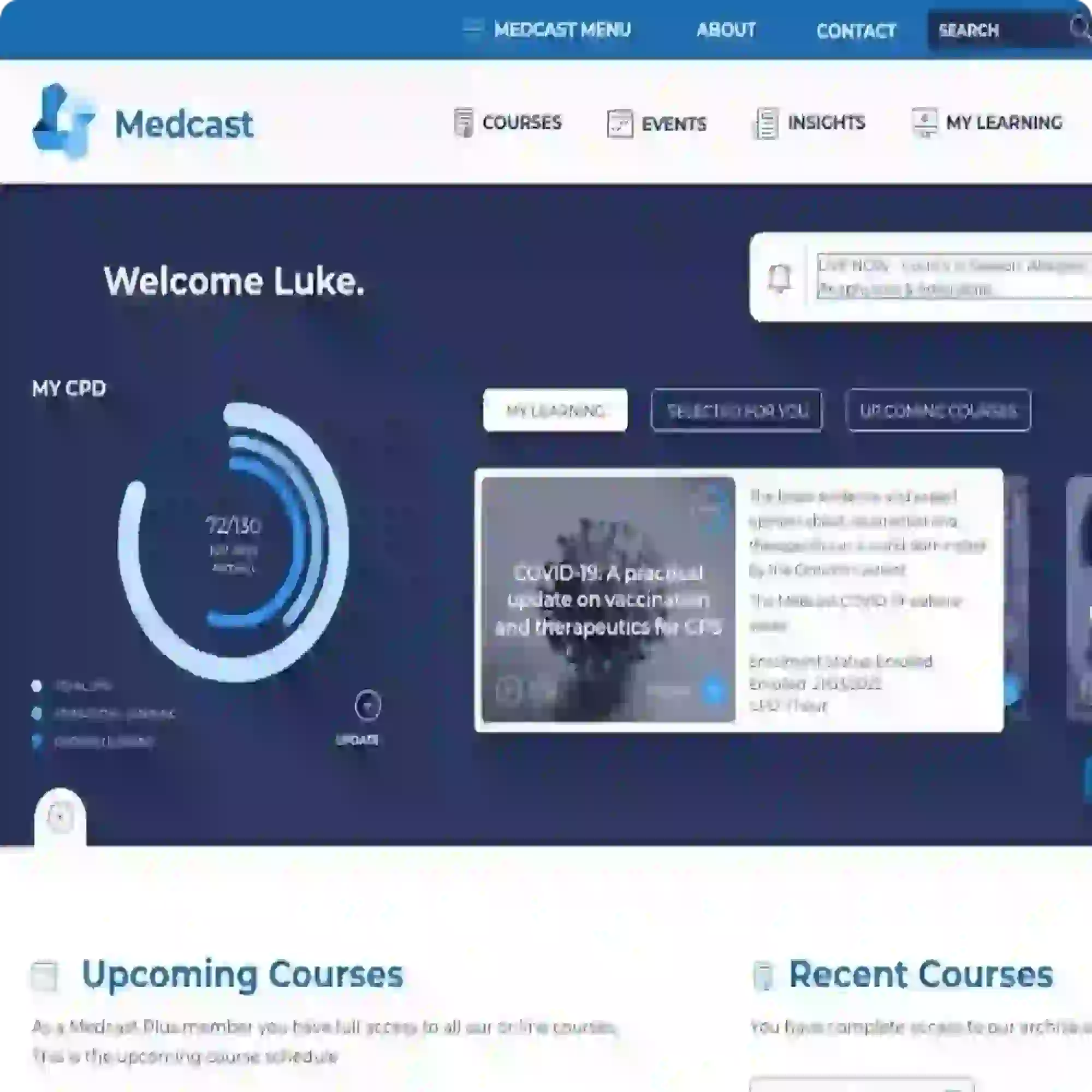“I’m being bullied at work, doctor”
It’s Monday morning and you’re already 45 minutes behind. Jessie*, aged 39, walks into your consultation room and promptly bursts into tears. Between sobs she explains that she has reached the end of her tether at work due to “severe bullying” by a co-worker.
Sensitively helping crying patients when there is a waiting room full of impatient patients is challenging enough, but add the complexities of work-related injury into the mix and such presentations can feel quite overwhelming.
There is no easy short cut but there are ways of structuring this initial consult to minimise the overwhelm.
The key messages:
- You don’t have to do a full assessment on the first visit.
- Assessing risk and formulating an immediate management plan are key priorities.
- It is important to show empathy and acknowledge distress, but not to over-medicalise at this early stage.
Your priorities of this initial visit:
A) Engage (as with any mental health consultation), including building trust and developing rapport.
B) Determine whether this is likely to be a work-related psychological injury and therefore whether the WorkCover route should be pursued. There are two key considerations:
- Does it meet the definition of a psychological injury? Needs to be a mental health disorder (DSMV/ ICD10), not work stress
- Is it clearly work-related? Employment must be a significant, material, substantial or the major contributing factor to the injury.
Workplace bullying is characterised by persistent and repeated negative behaviour directed at an employee that creates a risk to health and safety. Workplace bullying is not reasonable action taken in relation to dismissal, retrenchment, transfer, performance appraisal, disciplinary action or deployment.
- Assess immediate risk (suicide risk and work risk – can this person safely return to work in the short term?)
- Get a feel for the patient’s desired outcome (return to same job, new job, financial compensation, retribution?) as this too can help guide management direction.
- Provide patient information/ resources. There are some great workplace-specific information sites you may wish to recommend. These include:
Resources from SafeWork NSW on Workplace Bullying
Bullying in the Workplace: Comcare
- Arrange early follow up, preferably within the next couple of days. Unless the patient is very unwell and/or feels unsafe in the workplace, it is recommended the patient try to continue to attend work in the short term, at least until a full assessment can be made.
*case scenario is fictitious

The PTSD Program for people with Post Traumatic Stress Disorder.
Do you know anyone who has difficulty motivating themselves to exercise? I think we all know people who get too depressed to exercise or too anxious to leave the house. But there are other people who, despite a lack of “diagnosis”, find exercise hugely difficult to contemplate.
As someone who has practiced medicine for almost four decades I have had the opportunity to observe firsthand the upsurge in the use of opioid pain killers in non-cancer pain.

